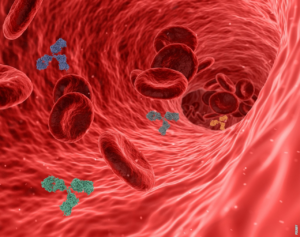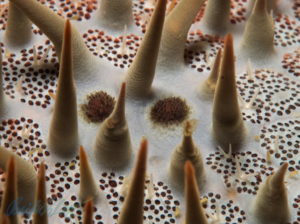The Beauty of Skin Pigmentation
Have you ever wondered why our skin comes in various shades? Skin pigmentation is a fascinating phenomenon that contributes to the diverse beauty of our world. Let’s dive into the captivating world of skin pigmentation and discover the wonders of melanin.
The Marvelous Melanin
At the heart of skin pigmentation lies melanin, a pigment produced by specialized cells called melanocytes. Melanin not only determines the color of our skin, hair, and eyes but also plays a crucial role in protecting our skin from harmful UV radiation.
Journey to the Melanocyte Factory
Deep within our skin, melanocytes work tirelessly to produce melanin. These remarkable cells are found in the basal layer of the epidermis, where they diligently transfer melanin to neighboring skin cells. Interestingly, the amount and distribution of melanin in our skin are influenced by various factors, including genetics, sun exposure, and hormones.
The Spectrum of Skin Tones
From the fairest to the darkest, the spectrum of skin tones is a testament to the diverse nature of humanity. Melanin comes in different forms, leading to variations in skin color. Eumelanin, a brown-black pigment, is responsible for darker skin tones, while pheomelanin, a reddish-yellow pigment, contributes to lighter skin tones. The unique combination of these pigments creates the beautiful tapestry of human skin.
Understanding Hyperpigmentation and Hypopigmentation
While skin pigmentation adds beauty to our lives, it can also be affected by certain conditions. Hyperpigmentation occurs when patches of skin become darker than the surrounding areas, often due to an overproduction of melanin. On the other hand, hypopigmentation results in lighter patches of skin due to a decrease in melanin production. These conditions can be caused by factors such as sun damage, hormonal changes, or underlying medical conditions.
Post
Post
The Melanin Mosaic
Imagine a mosaic artwork, where each piece contributes to the overall masterpiece. Similar to this analogy, the distribution of melanin in our skin creates a unique mosaic, reflecting our individuality. This beautiful mosaic not only tells the story of our heritage but also protects our skin from the damaging effects of the sun.
Celebrating Diversity
As we celebrate the beauty of skin pigmentation, it is essential to embrace and appreciate the diverse range of skin tones found across the globe. Our skin pigmentation serves as a reminder of our shared humanity while highlighting the rich tapestry of cultures and backgrounds we embody.
The Future of Skin Pigmentation
Advancements in science and technology continue to unravel the mysteries of skin pigmentation. Researchers are exploring innovative ways to promote healthy skin pigmentation and address conditions such as vitiligo and melasma. As we look forward, let us appreciate the gift of skin pigmentation and continue to explore the wonders it holds.



